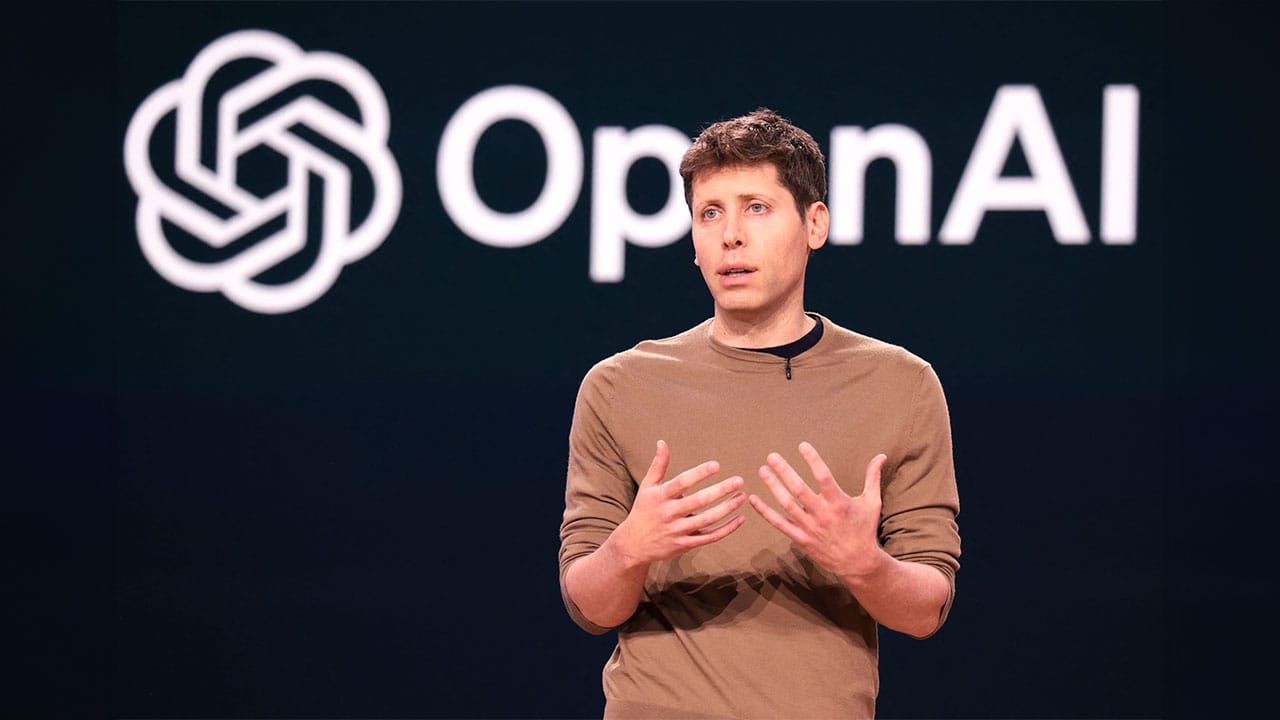Understanding the Impact of OpenAI's Missteps with GPT-5
A look at the implications of OpenAI's troubled launch.
- OpenAI faced significant setbacks during the GPT-5 launch.
- Sam Altman's candid admission highlights the need for better planning.
- The incident underscores the importance of operational readiness in AI deployment.
- Trade-offs are evident in resource allocation and user expectations.
- Future improvements may lead to enhanced AI performance and reliability.
Recently, Sam Altman, CEO of OpenAI, openly acknowledged the challenges encountered during the launch of GPT-5. This candid admission serves as a lesson in the critical balancing act of deploying advanced AI systems. OpenAI has long been a pioneer in artificial intelligence, yet their struggles with this recent rollout illustrate the complexities involved in introducing cutting-edge products.
The Launch Challenges
Altman described the multi-faceted issues OpenAI faced when launching GPT-5, particularly in terms of infrastructure and scalability. While the excitement for newer models typically leads to high anticipatory demand, OpenAI’s ability to manage this influx proved inadequate.
Key Issues Identified
- Data Center Strain: The existing data centers were overwhelmed by user traffic, indicating a lack of predictive capacity in scaling resources to meet demand.
- Investment Gaps: Financial and operational investments necessary for a smooth deployment were insufficient, affecting overall service quality.
- User Backlash: Issues encountered during launch led to frustration among early adopters, impacting OpenAI's reputation.
Why This Matters for Developers
This incident can serve as a cautionary tale for developers and teams working in AI and technology sectors. The repercussions of operational oversights can ripple through the entire user experience and stakeholder trust.
Key Takeaways for Team Strategy
- Prioritize long-term infrastructure planning, especially when anticipating growth.
- Enhance cross-departmental communication to better synchronize product launches.
- Develop systematic feedback loops for users, allowing quick mitigation of issues.
- Invest appropriately in both technology and human resources to ensure readiness for launch.
What to Watch Next
- The evolution of OpenAI's strategies post-GPT-5 launch.
- Peer responses from other AI developers regarding infrastructure preparedness.
- Trends in user expectations on AI product launches.
FAQs
What contributed to the failure of the GPT-5 launch?
A combination of overwhelmed data centers, insufficient investments, and limited user feedback channels hindered OpenAI's launch.
How has user feedback affected OpenAI post-launch?
User frustrations have pushed OpenAI to reevaluate its deployment strategies, emphasizing the need for effective communication and rapid response systems.
What can other companies learn from OpenAI’s experience?
Effective planning, communication, and user engagement are crucial for successful AI product launches.
Conclusion
The missteps surrounding OpenAI's GPT-5 launch highlight the importance of thorough preparation in the deployment of advanced technologies. As the tech landscape continues to evolve, companies must remain agile and responsive to user needs, balancing innovation with operational capacity. By learning from these experiences, teams can enhance their strategies, ultimately leading to improved product launches in the future.
